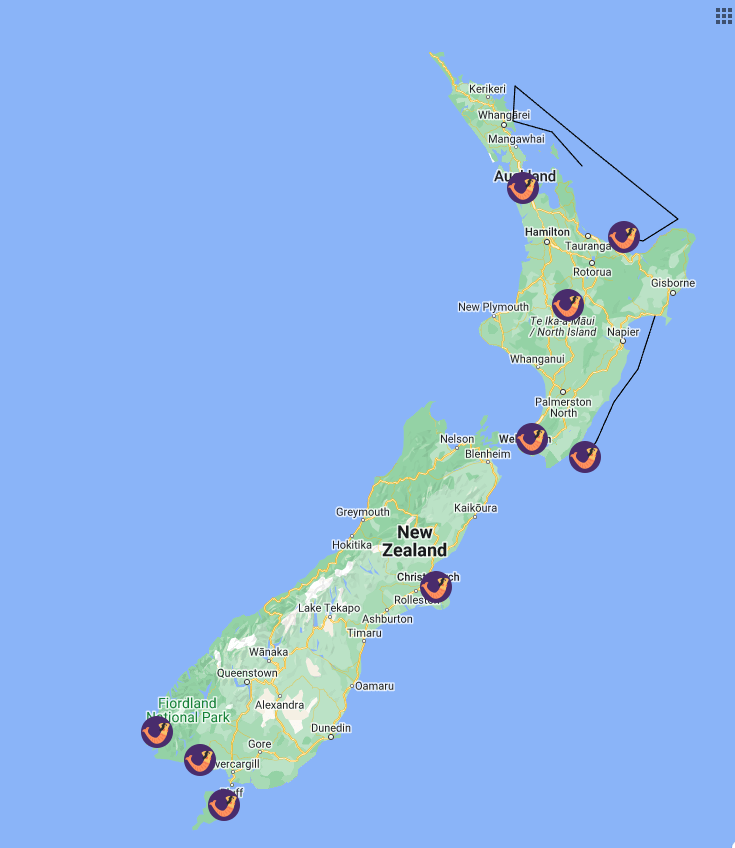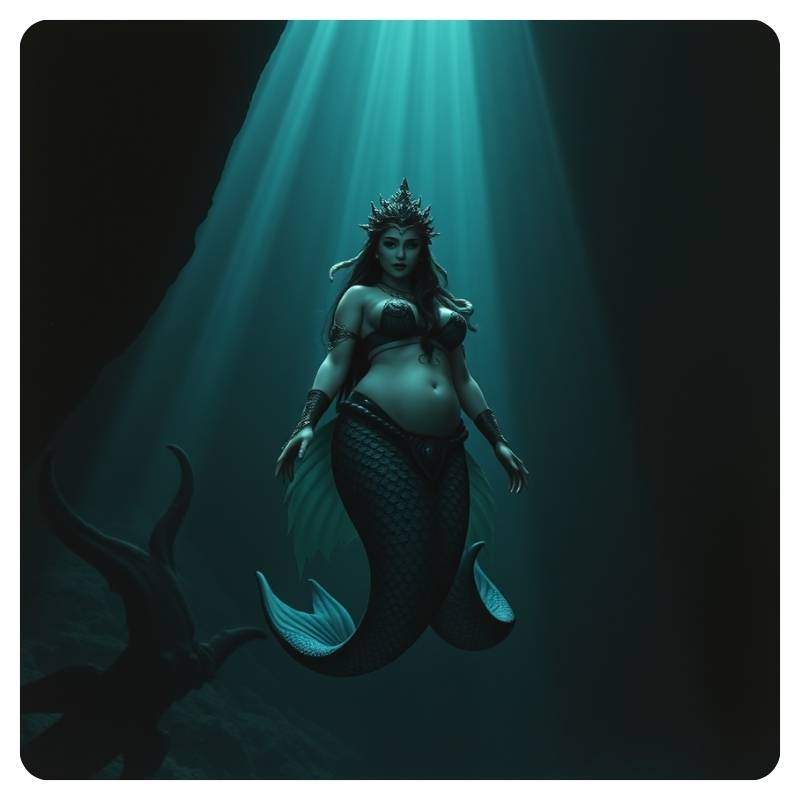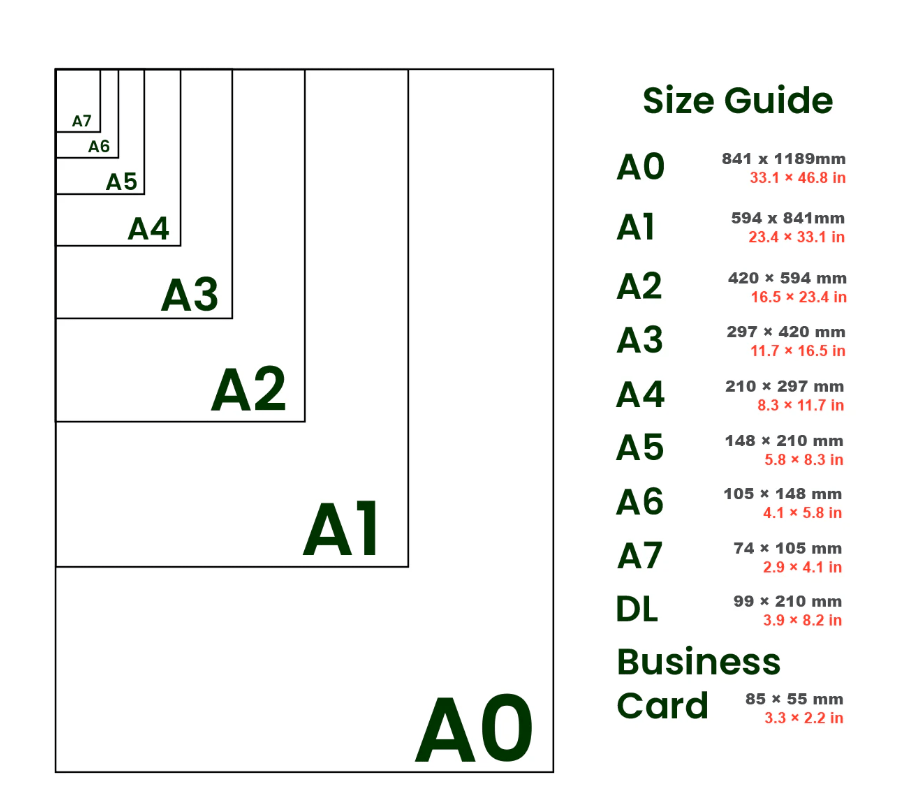Scientific Sighting Report: Known Mermaid observed at Orewa beach interacting with group of young children
Date: 2nd March 2025
Location: Orewa Beach, Auckland, New Zealand
Observer: Professor Clayborn Weedy, New Zealand Academy of Aquatic Mysteries
Subject: Observation of Mermaid-1005 (“Mermaid Kelpie”)
At approximately 07:45 hours on the morning of 2nd March 2025, I arrived at Orewa Beach following an anonymous tip regarding a potential mermaid sighting. Conditions were clear, with mild onshore breezes and moderate tidal activity.
At 07:58 hours, I visually confirmed the presence of an identified mermaid specimen, Mermaid-1005, also known as “Mermaid Kelpie.” This individual is a well-documented resident of the Auckland Harbour waters, distinguishable by her green and brown caudal pigmentation. She had removed herself from the aquatic environment and was positioned upon the grassy bank approximately 30 metres from the shoreline.
Behavioral Observations:
Upon arrival, I noted that Mermaid-1005 appeared at ease in her terrestrial surroundings. A small gathering of human juveniles—approximately five to seven in number and of an estimated age of five years—had encircled the mermaid. The interaction appeared amicable and was characterized by a notable absence of distress behaviors in either party.
The observed engagement consisted primarily of the following activities:
- Recreational Exchange: Mermaid-1005 initiated a rudimentary game involving the tossing and passing of a spherical object resembling a pearl. The children demonstrated enthusiasm, reciprocating in a manner indicative of a mutual understanding of the game’s mechanics.
- Verbal Exchange: The mermaid engaged in extended storytelling, recounting narratives concerning her underwater existence and the diversity of mermaid species inhabiting global waters. The juveniles appeared enraptured, exhibiting classic signs of attentiveness, including prolonged eye contact and audible expressions of wonder.
- Social Dynamics: Throughout the hour-long interaction, Mermaid-1005 exhibited no indications of evasive or defensive posturing. Her body language suggested comfort, and her vocalizations—though incomprehensible to myself at this distance—were met with evident understanding from her youthful audience. This raises further questions regarding the potential for mermaid-human linguistic crossover, an area warranting further study.
At approximately 09:02 hours, the interaction concluded naturally. The children bid farewell with no visible distress, suggesting that Mermaid-1005 exercised agency over the duration of the engagement. She then transitioned toward the water, utilizing her upper limbs to propel herself shoreward before entering the sea. She was last observed at 09:06 hours, submerging and propelling herself southward along the coast.
Conclusions and Further Inquiry:
This observation provides further substantiation of Mermaid-1005’s apparent comfort with human interaction, particularly with juvenile individuals. Her demonstrated willingness to engage in structured activities suggests a level of cognitive and social complexity meriting further study.
Questions remain regarding the linguistic capabilities of mermaids and their potential for extended interspecies communication. Additionally, further inquiry is required into the nature and material composition of the spherical object used in play, as such items have not been previously documented in mermaid possession.
I strongly recommend continued monitoring of Mermaid-1005’s movements and engagements. Should she demonstrate repeat interactions of this nature, it may provide an unprecedented opportunity for controlled study of mermaid-human rapport in a non-marine setting.
End of Entry.
Signed,
Professor C. Weedy
Merologist, New Zealand Academy of Aquatic Mysteries

















